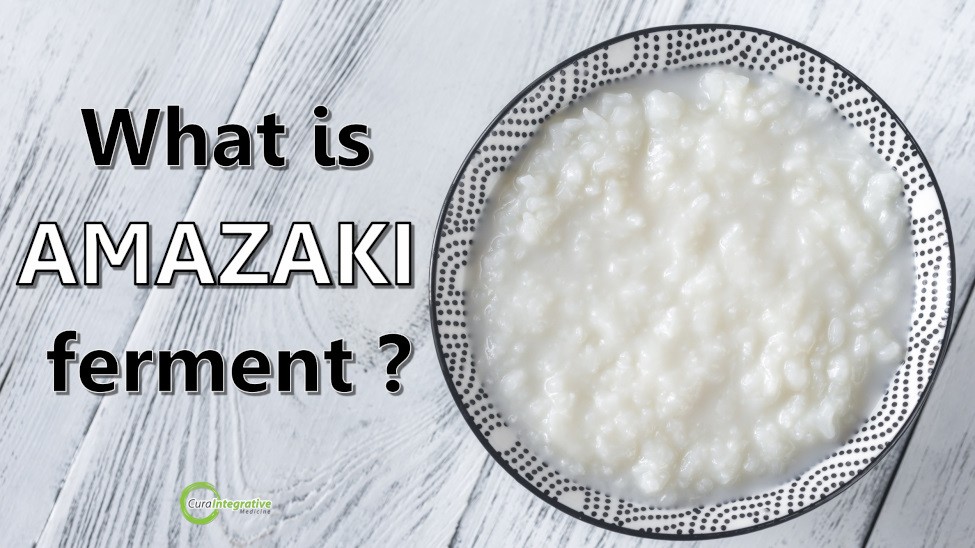Koji is a less known superfood found in a variety of macrobiotic foods. Containing Aspergillus oryzae, koji is used to make foods such as miso, amazaki and tamari. Read More…

Is Your House Making You Sick?
Posted 13 Jul '23
Many people don't realise that the environment they live in can have a significant impact on their health. From poor indoor air quality to hidden toxins and allergens, your home could be the culprit behind frequent headaches, respiratory issues, or other health problems.
Understanding the potential hazards and taking proactive steps to create a healthy living space is crucial. By addressing issues such as mold, inadequate ventilation, or harmful chemicals commonly found in household products, you can greatly improve the air quality and overall wellness of your home. Don't let your house be the source of your health concerns; take control and create a space that promotes your well-being and get expert Naturopath support.
What is Sick Building Syndrome?
Sick Building Syndrome (SBS) refers to a condition in which occupants of a building experience a range of symptoms and discomfort that are associated with spending time in that particular environment. These symptoms, which can vary in severity, include headaches, fatigue, respiratory issues, eye irritation, dizziness, and even difficulty concentrating.
The term "sick building" implies that the structure itself has become the source of the problem, as it harbors factors such as poor ventilation, chemical contaminants, high humidity, and inadequate temperature control. SBS affects individuals across various types of buildings, including offices, schools, hospitals, and residential spaces, making it an important issue to address in order to ensure the well-being and productivity of occupants.
Mould Ilness and Mycotoxins
Mould toxicity, also known as toxic mould syndrome or mould illness, refers to the negative health effects caused by exposure to certain types of mould.
Mould is a common household fungus that thrives in damp and poorly ventilated environments. When present in large quantities, mould produces mycotoxins, which are toxic substances that can have harmful effects on human health. Inhalation or direct contact with mould spores and mycotoxins can lead to a range of symptoms, varying from mild allergic reactions to more severe respiratory issues and even neurological problems. It is crucial to understand and address mould toxicity promptly to create a safe and healthy living environment.
Treatment For Sick Building Syndrome
To assess the presence of mycotoxins in individuals, various diagnostic tests are available.
One commonly used method is the detection of mycotoxins in urine or blood samples through advanced analytical techniques such as liquid or gas chromatography. These tests provide valuable insights into the levels of mycotoxins present in the body and enable healthcare professionals to identify potential sources of exposure.
Additionally, comprehensive health assessments can be conducted to evaluate symptoms related to mycotoxin exposure. These assessments
in a consultation involve analysing medical case history, conducting physical examinations, as well as assessing biochemical markers and
immune responses. By combining these testing methods, accurate diagnoses can be made, leading to tailored treatment plans for individuals
suffering from the adverse health effects of mycotoxin exposure.
What Effects Can Volatile Organic Compounds (VOCs) Have on Health?
The potential consequences of exposure to VOCs are of great concern both indoors and outdoors. These chemicals are commonly found in household products, building materials, and industrial emissions, posing various health risks.
VOCs are a wide range of carbon-based chemicals that easily evaporate into the air at room temperature. Some common indoor sources of VOCs include building materials such as paint, adhesives, and carpeting, as well as cleaning products, furniture, and electronics.
Outdoor sources include vehicle emissions, industrial processes, and chemical manufacturing.
Inhalation of VOCs can lead to short-term symptoms such as eye, nose, and throat irritation, headaches, dizziness, and nausea. Prolonged exposure to high levels of VOCs may result in more severe health problems including damage to the liver, kidney, or central nervous system.
Additionally, certain VOCs are known to contribute to the formation of ground-level ozone and smog, worsening respiratory conditions like asthma and increasing the risk of developing lung cancer. As a professional blog post writer, it is crucial to highlight the importance of minimizing VOC exposure and advocate for healthier alternatives in our daily lives and the surrounding environment.
Clear Sick Building Syndrome
In our modern society, we spend a significant amount of time indoors, whether it's within our homes, offices, or other built
environments. The comfort and convenience of these spaces come at a cost though, as they can sometimes harbor a range of mycotoxins,
environmental toxins and VOCs that contribute to sick building syndrome.
The good news is that by adopting a proactive approach centered around detoxing these harmful substances, we can overcome sick building syndrome and create healthier living and working spaces. By implementing strategies such as proper ventilation, using low VOC materials and cleaning products, and incorporating plants that naturally purify the air, we can significantly reduce the presence of toxins and VOCs.
Through conscious efforts focusing on assisted detoxification protocols, functional medicine testing and naturopathic supported detoxing, we can ensure our built environments promote well-being, productivity, and overall quality of life.
To get assisted support for detoxing or testing for environmental toxins, get in touch or make an appointment.





